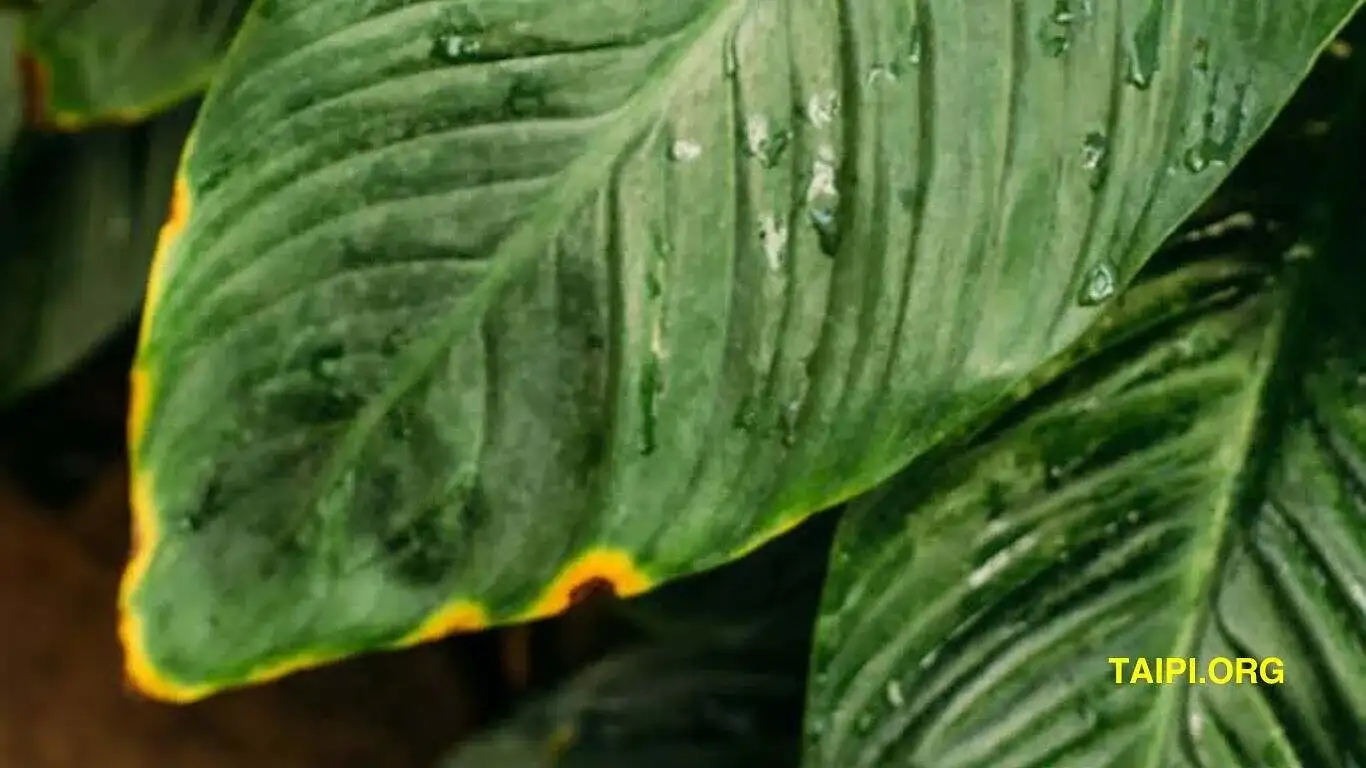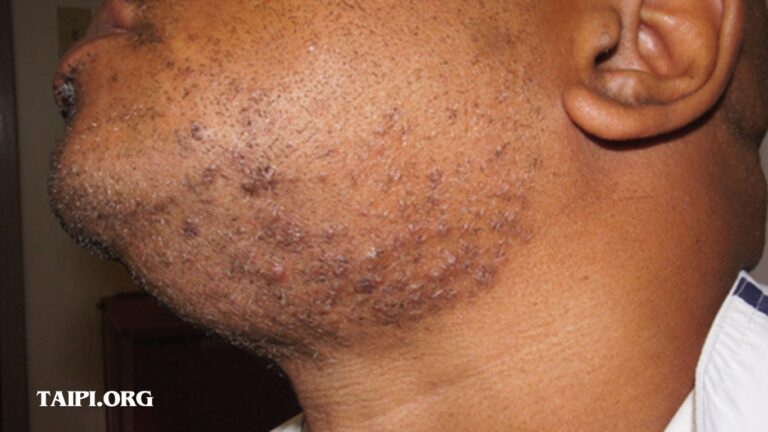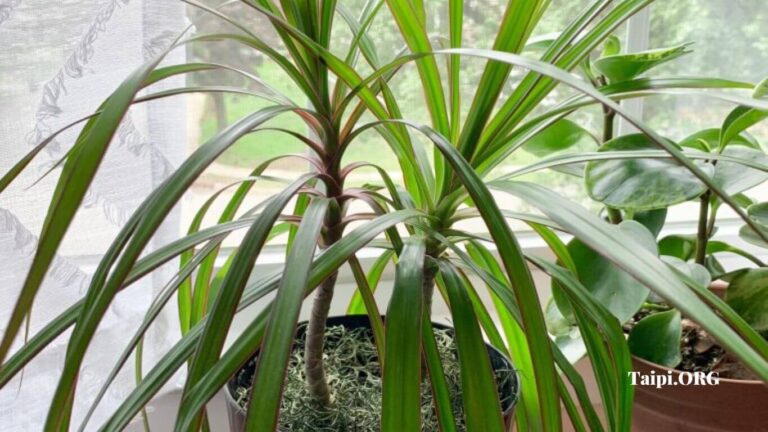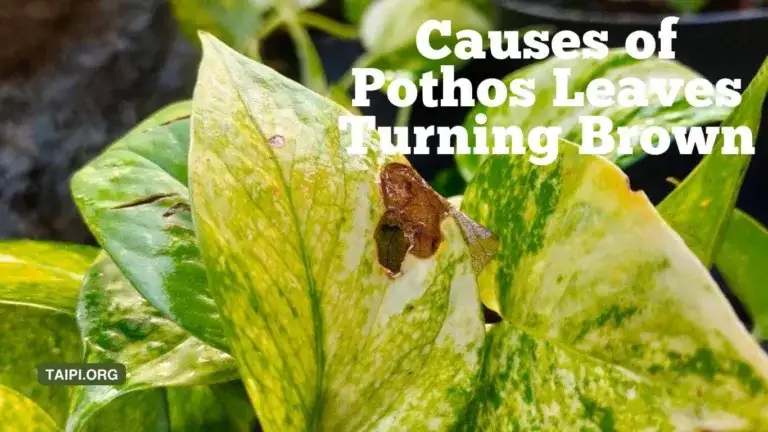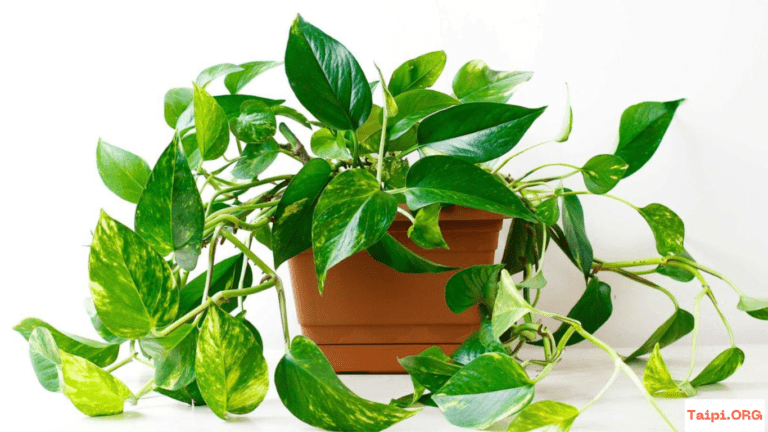Why Do Indoor Plants Get Brown Tips on Leaves?
JUST like human beings and animals, some houseplants can be sensitive to a variety of things, something that can affect their overall health. It is therefore imperative to understand your indoor plant if you want to create a conducive interior. And you will do better by understanding the causes of brown tips on indoor plant leaves
Fluoride toxicity is the major cause of brown tips on some indoor plant leaves. The chemical is present in tap or city water that many use to water their houseplants.
But you may argue that fluoride is not harmful to humans or you have used it on your houseplants for years without any problem. While that is right, it depends on the type of houseplant you grow.
Why Browning of Leaf Tips on Houseplants Should Concern You
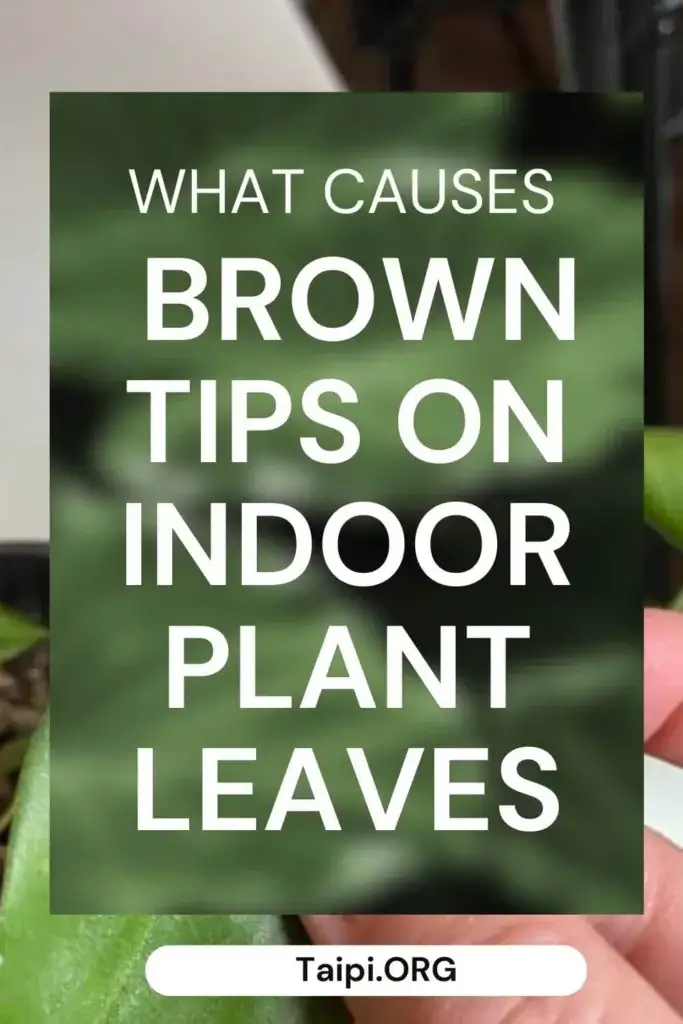
Indoor plant enthusiasts often encounter the vexing issue of brown leaf tips, a concern not as prevalent during the plants’ cultivation. When these brown tips emerge, it’s a signal to pay attention.
Transitioning from Outdoors to Indoors: What Changes?
The relocation of a plant indoors introduces stress factors, such as reduced natural lighting (which can be mitigated with additional indoor lighting) and the plant’s adjustment period.
However, one crucial factor might not be immediately apparent.
Water Quality Matters More Than You Think
Contrary to the assumption that “water is water,” a closer examination reveals disparities between the water that growers use and that commonly used in homes.
Growers’ Water
Most indoor plant cultivators, using wells with electric or diesel pumps, draw water directly from the ground, untainted by municipal water treatment.
Some adopt practices like reverse osmosis, where they meticulously filter water to allow molecules through while blocking dissolved solids like salts and other chemicals.
This pristine water aids growers in producing disease-resistant plants with cleaner foliage.
Homeowner or City Water
Tap or city water, frequently treated with additives like chlorine and fluoride, differs significantly.
While these substances may be innocuous for human consumption, the accumulation of minor chemicals like boron and fluoride in leaves can lead to issues such as browning.
Thankfully, you can improve the quality of this water at home.
How to Improve Water Quality at Home
To enhance the quality of water for your plants, a simple yet effective solution is to fill a container with tap water and let it sit overnight. This process allows chlorine to dissipate.
Alternatively, many opt for distilled water, which lacks the chemicals present in tap water.
While using kitchen faucet water won’t harm your plants, the gradual buildup of chemicals over time may manifest as brown edges on leaves or tip burn in certain plant varieties.
However, some still argue. “Does letting water sit the whole night really change anything in the quality of water?”
Vladan Nikolic a houseplant expert and founder of Mr. Houseplant says, “There is no big problem with tap water. Most people use tap water without major problems. However, the outcome depends on the type of plant and the quality of the tap water you use.”
In other words, Nikolic agrees that some houseplants such as Spider plants, Calathea, and Dracaenas are sensitive to fluoride and chlorine that are present in city water.
With that, Vladan advises houseplant enthusiasts to choose their indoor plants wisely if they don’t want to end up growing weak and sickly houseplants.
Other Contributors to Brown Tips on Indoor Plants
While fluoride toxicity is a major factor in having houseplants with brown-tipped leaves, there are other contributing factors, such as:
- Plant pests like spider mites
- Excessive fertilizer usage
- Overwatering, which leads to root rot
- Underwatering
- Chemical burn
- Plant diseases such as powdery mildew, bacterial leaf spot, and fungal diseases
- Excessive direct sunlight exposure
- Poor air circulation
- Insufficient nutrients (calcium deficiency, magnesium deficiency, iron deficiency, phosphorus deficiency)
How to Minimize Fluoride Toxicity in Houseplants
Guarding your indoor plants against fluoride toxicity presents a challenge, given the persistent nature of fluoride in tap water.
Instead of searching for a simple elimination method, why not try the following distinctive strategies to mitigate the risk of fluoride damage in fluorine-sensitive plants?
Pure Rain Elixir
Water your plants with the pure essence of rainwater or a concoction of tap water delicately infused with rainwater.
Alternatively, delve into the mystique of distilled water, although its cost-effectiveness for indoor plant nourishment might prove elusive.
Perlite-Free Potting Wonderland
Wander away from potting mixes boasting a surplus of perlite. This naturally expanded mineral, designed to enhance drainage and porosity, harbors fluoride, casting a shadow on the well-being of your delicate indoor green companions.
Fertilizer Wisdom
Refrain from using fertilizers that flaunt superphosphate in their composition. This seemingly potent fertilizer often conceals elevated fluoride levels, potent enough to singe the foliage of your plant’s sensitive leaves.
pH Alchemy and Calcium Magic
Tweak the pH of your potting mix to a harmonious 6.5-6.8 or embark on a calcium-enriched journey.
Elevate calcium levels strategically to coax fluoride out of its solution, crafting a chemical alliance that renders it inaccessible to your plant’s thirsty roots.
Note: High-quality potting mixes and balanced fertilizers typically align with a neutral pH and adequate calcium levels, sparing you the need for meddling when employing superior growing media and fertilizers.
Root Resilience
Embrace the reassuring fact that fluoride in the soil seldom surrenders to the clutches of plant roots.
While roots absorb minute traces of soil fluoride through diffusion, the resulting concentration in plant leaves remains humble.
Inorganic fluorides prefer to linger in a solution state, accessible to plants only in realms of low soil pH (acidic conditions) and diminished hardness (low calcium levels).
Which Indoor Plants Are Sensitive to Fluoride in Tap Water?
Certain indoor plants can be sensitive to fluoride, present in municipal tap water.
Recognizing fluoride toxicity in plants involves observing leaf necrosis, characterized by yellowing and browning, primarily occurring at leaf tips and edges—commonly referred to as ‘tip burn.’
Fluoride acts as a cumulative poison in plant leaves, hindering processes like photosynthesis and accumulating in leaf margins.
Indoor plants prone to fluoride toxicity are often monocots, including members of the Agave (Agavaceae) family like dracaenas, cordylines, and yuccas, as well as the Lily (Liliaceae) family, encompassing plants like spider plants and lilies.
Here is a detailed list of indoor plants sensitive to fluoride:
- Calatheas, such as Zebra plant (Calathea zebrina), and others (Calathea spp.) from the Marantaceae family.
- Cordylines or Good Luck Plant (Cordyline terminalis) from the Agavaceae family.
- Dracaena species, including Lucky Bamboo (Dracaena sanderiana), Madagascar Dragon Tree (Dracaena marginata), Dracaena ‘Janet Craig’ (Dracaena deremensis ‘Janet Craig’), Dracaena ‘Warneckii’ (Dracaena deremensis ‘Warneckii’), Happy Plant or Corn Plant (Dracaena Massangeana) from the Agavaceae family.
- Lilies (Lilium spp.) from the Liliaceae family.
- Never-Never Plant (Ctenanthe oppenheimiana) from the Marantaceae family.
- Parlor Palm (Chamaedorea elegans) from the Palmae family.
- Peace Lily and others (Spathiphyllum spp.) from the Araceae family.
- Prayer Plant (Maranta leuconeura) from the Marantaceae family.
- Spider Plant (Chlorophytum comosum) from the Liliaceae family.
- Tahitian Bridal Veil (Gibasis pellucida) from the Commelinaceae family.
- Yuccas (Yucca spp.) from the Agavaceae family.
Frequently Asked Questions (FAQs)
Q: Why are the tips of my indoor plant leaves turning brown?
A: The browning of leaf tips in indoor plants can be attributed to various factors, including changes in water quality, exposure to certain chemicals such as fluoride, inadequate or excessive watering, pests, and environmental conditions. Identifying the specific cause is essential for effective troubleshooting.
Q: Does the type of water I use affect brown tips on indoor plants?
A: Yes, the water you use can contribute to brown tips. Growers often use untreated well water, while tap water may contain additives like chlorine and fluoride. Accumulation of these chemicals in the soil and leaves over time can result in browning. Using distilled water or letting tap water sit overnight before using it can help mitigate this issue.
Q: How can I prevent brown tips on my indoor plants?
A: To prevent brown tips, ensure proper watering practices by avoiding both under and overwatering. Consider using distilled water or letting tap water sit to dissipate additives. Maintain a suitable environment, including appropriate lighting, temperature, and air circulation. Regularly inspect plants for pests and diseases, and address any issues promptly.
Q: Can brown tips on indoor plants be a sign of a more serious problem?
A: Yes, brown tips can sometimes indicate underlying issues such as pest infestations, fungal or bacterial diseases, or nutrient deficiencies. It’s essential to examine the overall health of the plant, including the undersides of leaves, and take corrective measures based on the specific problem.
Q: Are all indoor plants equally susceptible to brown tips?
A: Different plant species have varying sensitivities to environmental conditions, water quality, and care practices. Some plants may be more prone to developing brown tips due to their specific requirements.
Final Thoughts on Causes of Brown Tips on Indoor Plant Leaves
While there may be other reasons, fluoride toxicity is the major cause of brown tips on indoor plant leaves. Understanding the needs of each plant species and tailoring care accordingly can help minimize the occurrence of brown tips.
Taking proactive measures, like letting water sit before use, is a simple yet effective way to prevent potential issues like brown spots caused by chlorine and fluoride, contributing to a more enjoyable indoor plant experience.
Besides, you can decide to use rainwater, shun using the highly advertised fertilizers, and opt for a perlite-free mix.
In the quest for unparalleled plant care, these distinctive measures dance on the edges of conventional wisdom, offering your indoor greenery a shield against the looming threat of fluoride toxicity.
References
- Michigan State University:
https://www.canr.msu.edu/news/fluoride_toxicity_in_plants_irrigated_with_city_water
2. Fluoride Alert:
3. Pacific Northwest PMH:
4. Express:
https://www.express.co.uk/life-style/garden/1811108/houseplant-that-hate-tap-water

